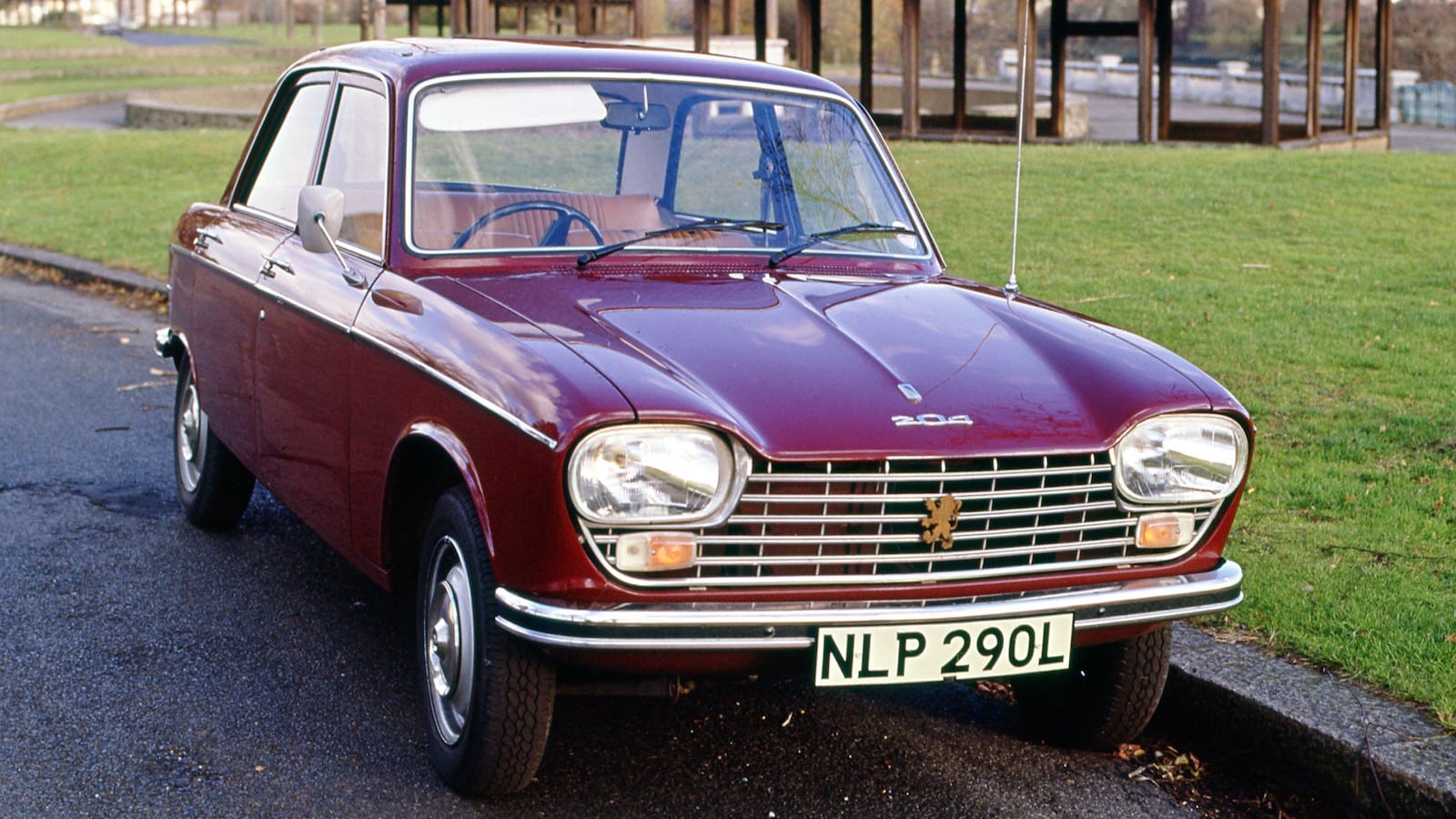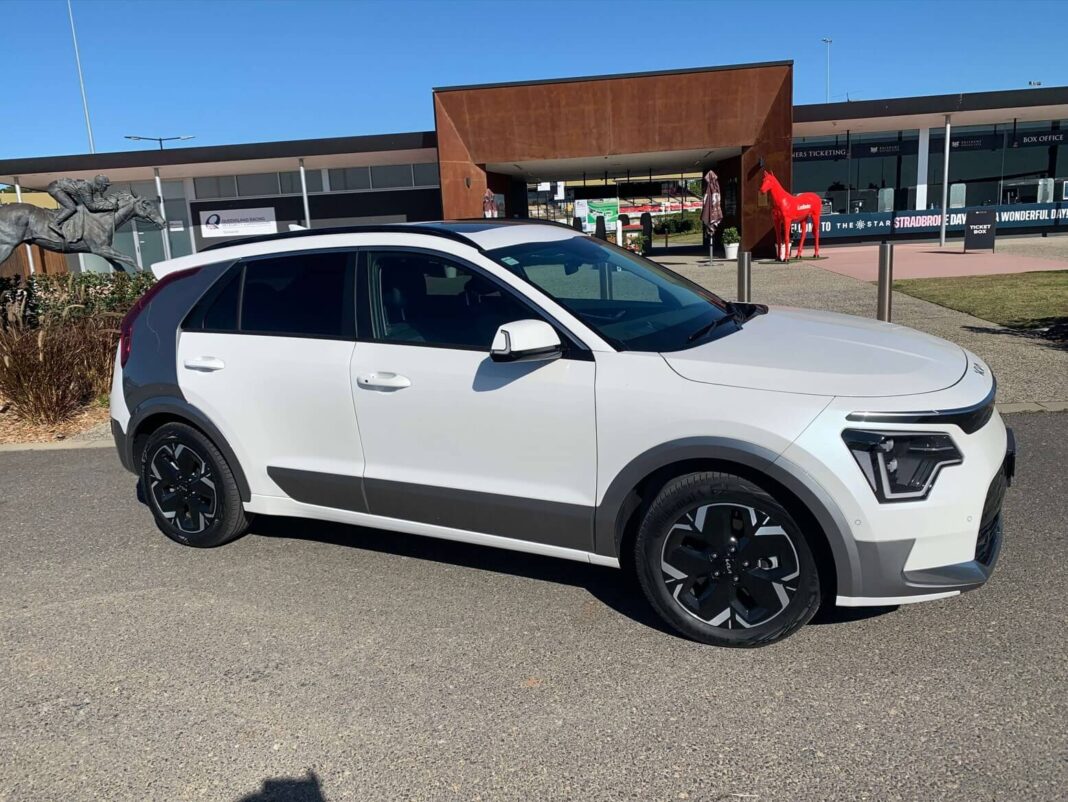The new Kia EV9, one of the largest electric vehicles on the market with seating for seven, will be shipped here before the end of the year.
This will give you time to re-arrange your budget for the high-tech all-electric drive chain dual-motor GT-Line Kia, likely to cost more than $130,000.
Meantime, we’ll ‘make do’, as we did last week, with Kia’s range-topping Niro EV GT-Line at $72,100 (plus on-roads).
A second-generation car, it has a new, more stylish body that houses updated electronics, media system and safety gear. It also rides on a new platform while also sporting a new price that pitches it into battle with the Tesla.
Kia has done away with the popular plug-in hybrid (PHEV), so that leaves the choice of two hybrids and two fully electric variants from the South Korean manufacturer.
The EV S-Line starts at $65,300 and the two hybrids are $44,380 and $50,030, respectively.
The Niro EV GT-Line certainly goes the distance with an electric range of 460 km and fast charging capabilities. A whisper-quiet permanent magnet synchronous motor gives 150 kW of power and 255 Nm of torque.
A similar size to the Seltos in the Kia family lineage, the Niro EV actually shares Hyundai’s i30 sedan platform. The Kia design team have struck out on the car’s details, but this transfers as a readily identifiable SUV.
Easy to read and operate, the dual 10.25 in. digital drive cluster with 10.25 in. touchscreen infotainment display hosts a multitude of features such as Bluetooth, Android Auto and Apple CarPlay.
Exterior highlights include 17-in, alloy wheels, auto LED headlights with auto high beam, power mirrors, a sunroof and powered tailgate.
There’s plenty of storage up front, with cupholders with retractable retainers to work with a small cup or no cup at all. A wireless charging pad keeps smartphones secure, and a storage bin under the centre console.

The second row will appeal to family buyers – plenty of leg and head room even for tall adults. Three passengers across the back might a tad squeezy, but two will travel in comfort.
Back seat occupants get USB-C sockets – in the sides of the backrest rather than low down in the centre console – as well as air vents, a fold-down armrest with cupholders, and bottle holders in the compact door pockets.
Boot space provides 475 litres that expands to 1391 litres when the second row is down. There’s also a small storage section up front for items such as charge cables.
The quick-rising tailgate gives easy access to the luggage area.
Wait for the EV9. Kia says it’s equipped with the “pioneering technology”, bringing flat-floor architecture for a new dimension of space for all three rows.
** ** **
Put aside the calculator and your bank balance for a moment. It’s interesting to note how EV prices are getting so high. For a start, they contain close to 40 different harnesses, roughly 700 connectors and more than 3000 copper wires which, if placed end to end, would stretch 2.5 km. Welcome to the electric era. A new electric car battery replacement wojuld cost anywhere between $4000 and $20,000,
And let’s turn to the car key and the collateral damage if it’s lost. Almost every car brand we’ve driven is equipped with this AI – a key fob that will unlock, lock, or start a vehicle, thanks to the antennas in the car’s bodywork and the radio pulse generator in the key.

The car’s internal computer can tell whether the key is inside or outside the vehicle. It will only permit the engine to start if the key is inside, and hopefully that is where you left it. If not, reach for the credit card.
To replace such packed thumb-sized technology could cost you between $3000 and $5000, give or take a dollar.
With many new models opting for keyless entry and push-button ignition, the traditional old key is on its way to the museum. But take care. The new technology also allows others to listen in to the frequency, copy the code and deceivingly relay it to the car, effectively becoming a fake copy of the key fob.
Normally, a car can be locked with keyless entry, but the key fob continues to transmit a code, expecting it will be near the car again and will have to unlock it while remaining in a bag or pocket.
In a test, a device was used within a few metres of a driver walking away from the car so it could listen to the code and copy it. To get into the car, the process was as simple as duplicating the code on a device near it to unlock all the safety features such as door locks, alarm and immobiliser. Once inside, the code is again repeated and the car started.
Some sobering statistics. In Australia, an average light vehicle is stolen every 10 minutes. This year, more than 40,000 of these were classified as short-term thefts, while about 60,000 were classified as ‘short-term thefts (stolen or recovered).
Incredibly, a 12-year-old girl was caught on an NSW highway this year after stealing an electric car that was parked in a driveway.






